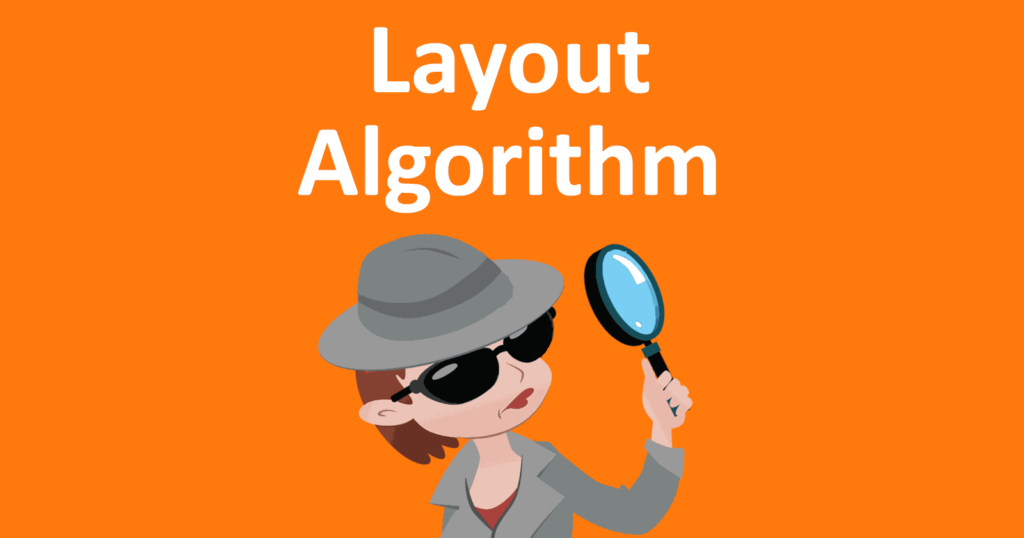Google’s John Mueller clarified in a tweet that Google’s Page Layout Algorithm was not generally about the number of ads. This is a more detailed explanation that improves on eight years of SEO advice about what the page layout algorithm was about.
Page Layout Algorithm
The SEO community correctly interpreted the Page Layout Algorithm as penalizing websites that had too many ads above the fold. That’s what Google’s guidance focused on.
Google’s January 2012 Page Layout Algorithm announcement said:
“Rather than scrolling down the page past a slew of ads, users want to see content right away.
…If you click on a website and the part of the website you see first either doesn’t have a lot of visible content above-the-fold or dedicates a large fraction of the site’s initial screen real estate to ads, that’s not a very good user experience. Such sites may not rank as highly going forward.”
That statement emphasizes ads and was prefaced with the following:
“…we’ve heard complaints from users that if they click on a result and it’s difficult to find the actual content, they aren’t happy with the experience.”
Normal Amount of Ads is Okay
Immediately afterwards Google acknowledges that it’s an acceptable practice to feature ads above the fold.
“We understand that placing ads above-the-fold is quite common for many websites; these ads often perform well and help publishers monetize online content.
This algorithmic change does not affect sites who place ads above-the-fold to a normal degree but affects sites that go much further to load the top of the page with ads to an excessive degree or that make it hard to find the actual original content on the page.”
That statement does not give a specific number of ads that might cause an algorithmic issue. It simply states that a “normal degree” of ads above the fold is fine.
There may be some people who need the definition of “normal” spelled out for them.
But I think most people can figure out the difference between what’s normal and what is excessive.
Minor weather report: Update of http://t.co/kcDiRUjc launching today. ~0.7% of English queries noticeably affected.
— Matt Cutts (@mattcutts) October 9, 2012
Content Visibility Above the Fold
John Mueller’s tweet was made in response to a question about the actual number of ads that were acceptable above the fold.
John Mueller tweeted his response:
Do you mean this: https://t.co/vGRABCojlI ? It’s generally not a matter of how many ads, but more that users are able to find the content they’re looking for (what was “promised” in search) when they visit a page.
— 🍌 John 🍌 (@JohnMu) March 12, 2020
Mueller’s response gives an extra nuance to our understanding of the Page Layout Algorithm. According to John, Google’s Page Layout Algorithm is generally less about the number of ads and more about how difficult it is to find the content that the users expect to see.
“It’s generally not a matter of how many ads, but more that users are able to find the content they’re looking for (what was “promised” in search) when they visit a page.”
What Mueller seems to be saying is that the algorithm isn’t necessarily counting the number of ads but rather looking at how difficult it is to find the content that users expect to see.
That way of explaining the page layout algorithm fits perfectly with the goal of the original Google announcement about this algorithm, particularly where it explains:
“…we’ve heard complaints from users that if they click on a result and it’s difficult to find the actual content, they aren’t happy with the experience.”
Moving forward it’s probably a better practice to focus less on the number of ads at the top of the web page and more on how easy it is for users to get to the content.
Is Google Being Cryptic and Ambiguous?
I’m certain there will be some who will continue to say that the Page Layout Algorithm advice is cryptic and ambiguous. There are many who would prefer a straightforward statement that X amount of ads taking up X percentage of pixel space is the line that should not be crossed.
There is nothing ambiguous about the advice to not make it difficult to find the content. My opinion is that if a person believes it’s ambiguous then maybe search marketing is not the right fit for that person.
SEO is Seldom Black and White
The SEO community likes adding hard numbers to algorithms. So they recommend strategies based on percentages, such as the percentage of anchor text that equals a “natural” distribution of backlinks or percentage of keywords on a web page to avoid over optimization.
The problem is that what’s unnatural in one industry is perfectly natural in another. In any case, the percentages and numbers are almost always guesses or based on correlation studies that are inherently not trustworthy.
Many times, SEO is about taking all the available information that you have and making your best guess.
As much as we try to create best practices it has to be acknowledged that there is a lot of gray in between the black and white of what we know of Google’s algorithms. And that’s okay because most things in life are like that.
Citations:
Google’s Page Layout Algorithm Announcement
